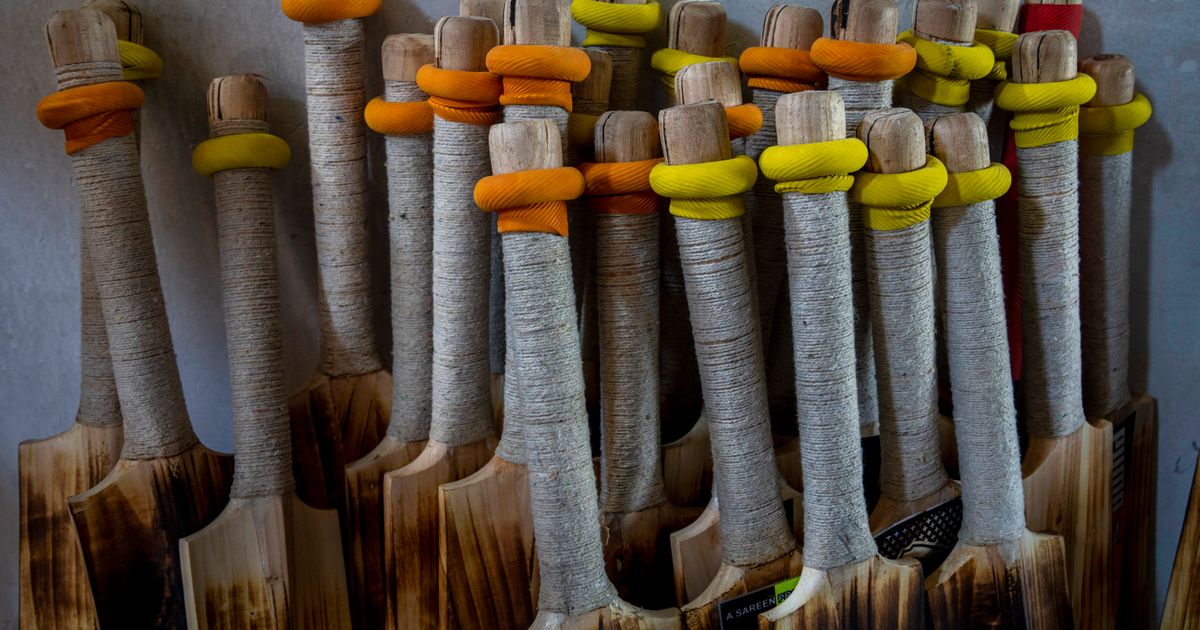
SANGAM, India (AP) — Lines of shops display neat stacks of willow wood along a nondescript motorway in Indian-controlled Kashmir’s Sangam village. Behind the shops are small manufacturing units, where that willow is hand-made into cricket bats that find their way to India and cricket-playing nations around the world.
But in the future, those bats are probably hard to come by.
Kashmir’s dwindling willow plantations are impacting the region’s famed cricket bat industry and risking the supply of cricket bats in India, where the sport is hugely followed. The industry employs more than 10,000 people and manufactures nearly a million bats a year. Most are sold to Indian tourists, while the rest are exported to Indian cities and other countries.
“There will be no bats produced in Kashmir in the coming years if the shortage continues,” said Fawzul Kabeer, who owns a company that exports cricket bats.
Kabeer said the demand for Kashmir willow bats increased after it was introduced during the ICC World T20 competition in Dubai last year.
Tens and thousands of towering willow trees were introduced to the picturesque Himalayan region by the British in the early 19th century to maintain the supply of firewood during Kashmir’s harsh winters. Decades after, the region’s villagers also began abundantly planting the tree and using its wood to produce cricket bats.
But over the years, farmers in the region have been planting poplars in place of willows. The faster-growing poplar tree is preferred by the booming plywood industry.
“The trees are being cut in large numbers and no one is planting them again,” Kabeer said.
The problem is not expected not affect international players, who mostly use bats made from imported English willow, but will hit regional players and cricket enthusiasts who use the more affordable Kashmir-made bats.